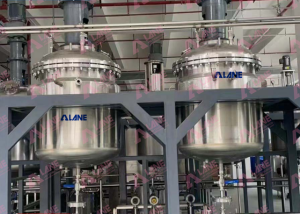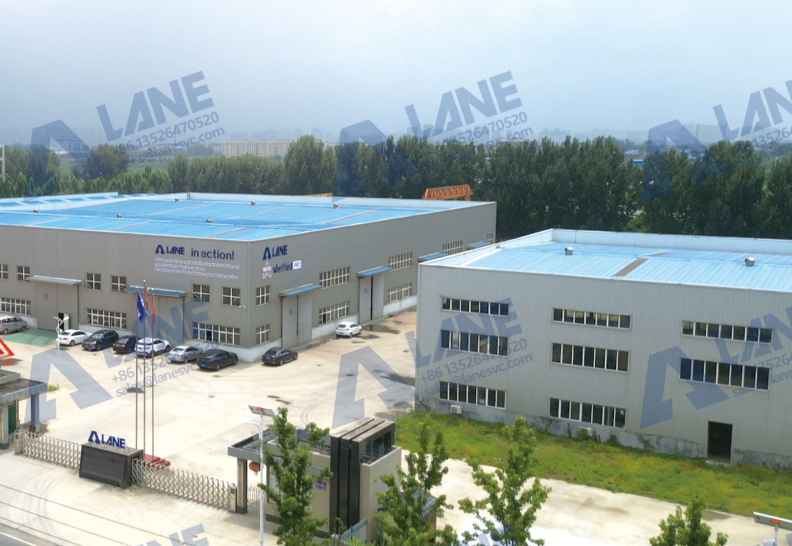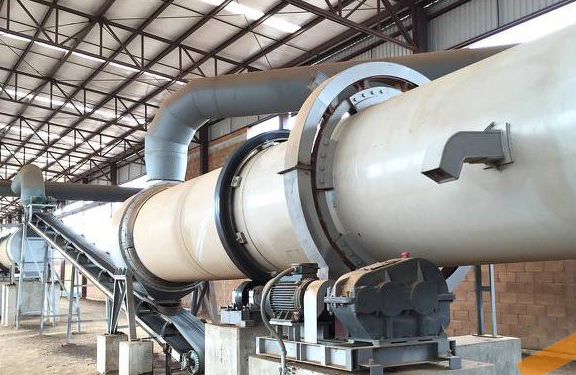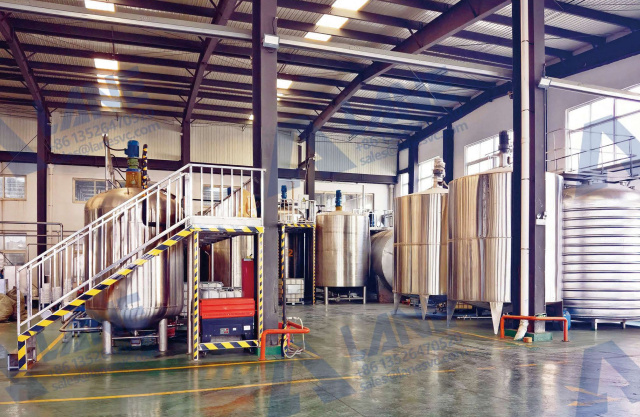Boosting Plant Performance: The Impact of Phosphoric Acid on Crop Development
Phosphoric acid plays a pivotal role in agricultural practices, significantly influencing crop development and overall plant performance. As one of the essential macronutrients, phosphorus is crucial for various physiological processes in plants, including energy transfer, photosynthesis, and root development. This article explores how phosphoric acid impacts plant growth, its benefits, and its applications in modern agriculture.
The Importance of in Plant Growth
Phosphoric acid (H₃PO₄) is a vital component of phosphate fertilizers, which supply phosphorus to plants in a readily absorbable form. Phosphorus is integral to several key functions in plants:
- Energy Transfer: Phosphorus is a component of adenosine triphosphate (ATP), the molecule responsible for energy transfer within plant cells. Adequate levels of phosphoric acid enhance energy production, promoting metabolic activities necessary for growth.
- Photosynthesis: Phosphoric acid contributes to the formation of chlorophyll, the pigment responsible for capturing sunlight. Enhanced photosynthesis leads to improved growth rates and higher yields.
- Root Development: Phosphorus is essential for strong root systems. Healthy root development allows plants to access water and nutrients more efficiently, improving overall plant resilience and productivity.
- Flowering and Fruit Development: Phosphoric acid plays a crucial role in flowering and fruiting processes. It promotes the formation of flowers and enhances fruit quality, which is vital for agricultural output.
Enhancing Nutrient Uptake and Soil Health

The application of H₃PO₄ can significantly improve nutrient uptake in plants. When used in conjunction with other fertilizers, it enhances the availability of key nutrients like nitrogen and potassium, leading to more balanced nutrition for crops.
- Synergistic Effects: H₃PO₄ works synergistically with other essential nutrients, facilitating their uptake by plant roots. This balanced nutrition is critical for optimizing growth and development.
- Soil pH Regulation: H₃PO₄ can help maintain optimal soil pH levels, which is crucial for nutrient availability. By preventing soil from becoming too acidic or alkaline, phosphoric acid promotes a healthier growing environment for crops.
- Microbial Activity: The presence of H₃PO₄ in the soil can stimulate beneficial microbial activity. Healthy soil microbiomes improve nutrient cycling and enhance plant growth, further contributing to overall agricultural productivity.
Application Methods of Phosphoric Acid
Understanding the various application methods of H₃PO₄ is essential for maximizing its benefits in crop development. Farmers can choose from several approaches based on their specific needs:
- Soil Application: H₃PO₄ can be directly applied to the soil as a fertilizer. This method is particularly effective for crops that require a quick boost of phosphorus during critical growth stages.
- Foliar Feeding: Applying H₃PO₄ through foliar feeding allows for rapid absorption by leaves, providing an immediate source of phosphorus. This method is beneficial for crops under stress or in nutrient-deficient soils.

- Liquid Fertilizers: Many modern fertilizers contain phosphoric acid in liquid form, allowing for precise application and better control over nutrient delivery. Liquid fertilizers can be mixed with irrigation systems, ensuring uniform distribution across fields.
Optimizing Crop Yields with Phosphoric Acid

The impact of phosphoric acid on crop yields cannot be overstated. Numerous studies have demonstrated its effectiveness in enhancing agricultural output. Here are some ways of this contributes to higher yields:
- Improved Crop Quality: Crops treated with phosphoric acid tend to exhibit better quality characteristics, such as increased size, weight, and nutritional content. This can lead to higher market value and profitability for farmers.
- Increased Resistance to Stress: H₃PO₄ strengthens plants, making them more resilient to environmental stresses such as drought, disease, and pest infestations. Healthier plants are better equipped to withstand adverse conditions, resulting in more stable yields.
- Enhanced Flowering and Fruiting: The application of H₃PO₄ promotes earlier flowering and more abundant fruit set, directly influencing crop productivity. Farmers can achieve a more profitable harvest by optimizing these critical growth stages.
Environmental Considerations and Responsible Use
While phosphoric acid offers numerous benefits for crop development, its application must be managed responsibly to mitigate potential environmental impacts:
- Runoff and Eutrophication: Excessive use of phosphoric acid can lead to nutrient runoff, contributing to water pollution and eutrophication in nearby water bodies. It’s crucial to apply phosphoric acid at recommended rates and during appropriate times to minimize this risk.
- Soil Testing: Conducting soil tests before applying phosphoric acid is essential. Understanding existing soil nutrient levels allows farmers to tailor their fertilizer programs, ensuring that phosphoric acid is applied only when necessary.
- Integrated Nutrient Management: Adopting an integrated nutrient management approach can help balance the use of phosphoric acid with other fertilizers and organic amendments. This strategy promotes sustainable practices and optimizes crop production.
Future Trends in Phosphoric Acid Use in Agriculture
As agriculture evolves, the role of H₃PO₄ in crop development will continue to be significant. Emerging trends include:
- Precision Agriculture: Advancements in technology allow for more precise application of H₃PO₄, reducing waste and maximizing efficiency. Tools like soil sensors and drones enable farmers to apply fertilizers based on real-time data.
- Research and Innovation: Ongoing research into new formulations of H₃PO₄ and its synergistic effects with other nutrients will continue to improve its effectiveness in boosting crop yields and quality.
- Sustainable Practices: The push for sustainable agriculture will drive the development of eco-friendly phosphorus sources and practices that minimize environmental impact while maintaining productivity.
Conclusion
LANE Phosphoric acid production line is a cornerstone of modern agriculture, playing a crucial role in enhancing plant performance and boosting crop yields. Its significance in energy transfer, root development, and overall plant health cannot be overlooked. By applying phosphoric acid effectively and responsibly, farmers can improve their crop production while supporting sustainable agricultural practices.
As the demand for high-quality, nutritious food continues to rise, the importance of phosphoric acid in agricultural systems will only grow. Through ongoing innovation and research, the agricultural sector can harness the full potential of phosphoric acid, ensuring a productive and sustainable future for farming.
Latest Articles & Tips
More-

03/14
OEM Fertilizer Equipment Manufacturing: Custom Solutions for Your Production Needs
read more -

02/27
Fertilizer Granulation for DAP and MAP: Enhancing Efficiency in Fertilizer Production
read more -

02/27
Fertilizer Production Solutions: Optimizing Efficiency and Sustainability in Fertilizer Manufacturing
read more -

02/13
Chemical Fertilizer Production Line: Enhancing Agricultural Productivity with Precision Manufacturing
read more




Send a message to us